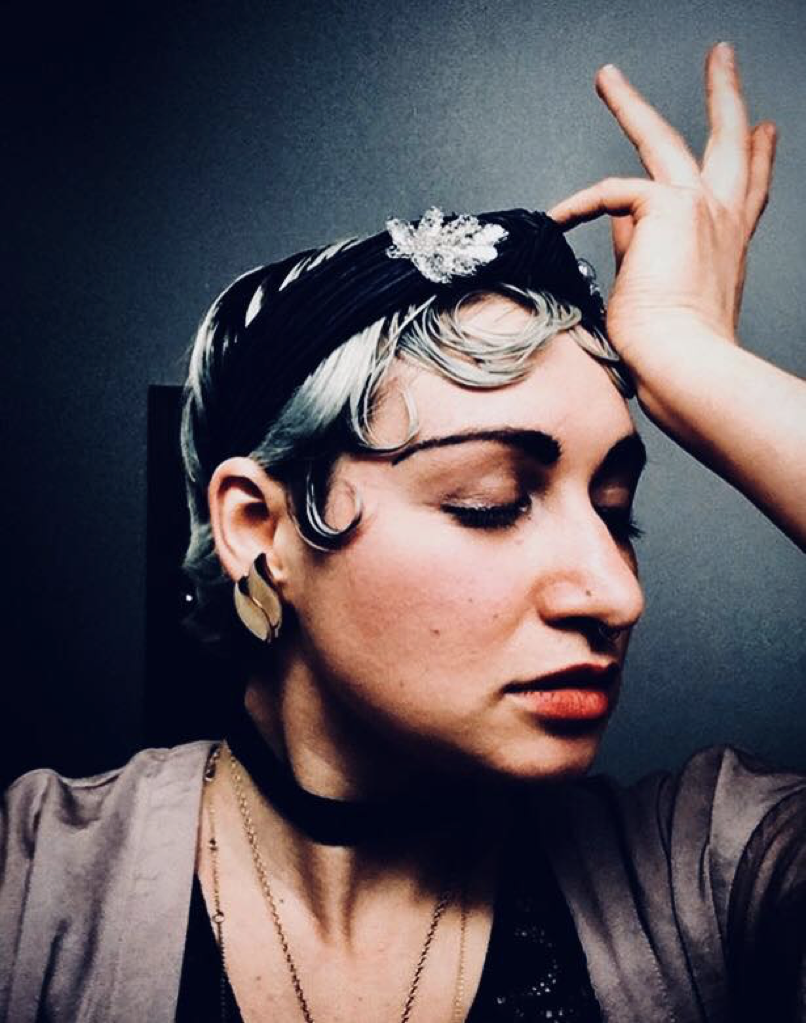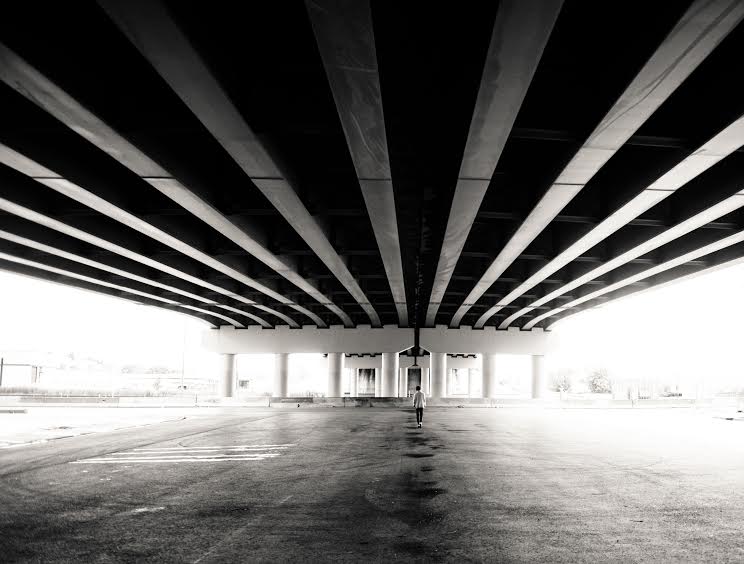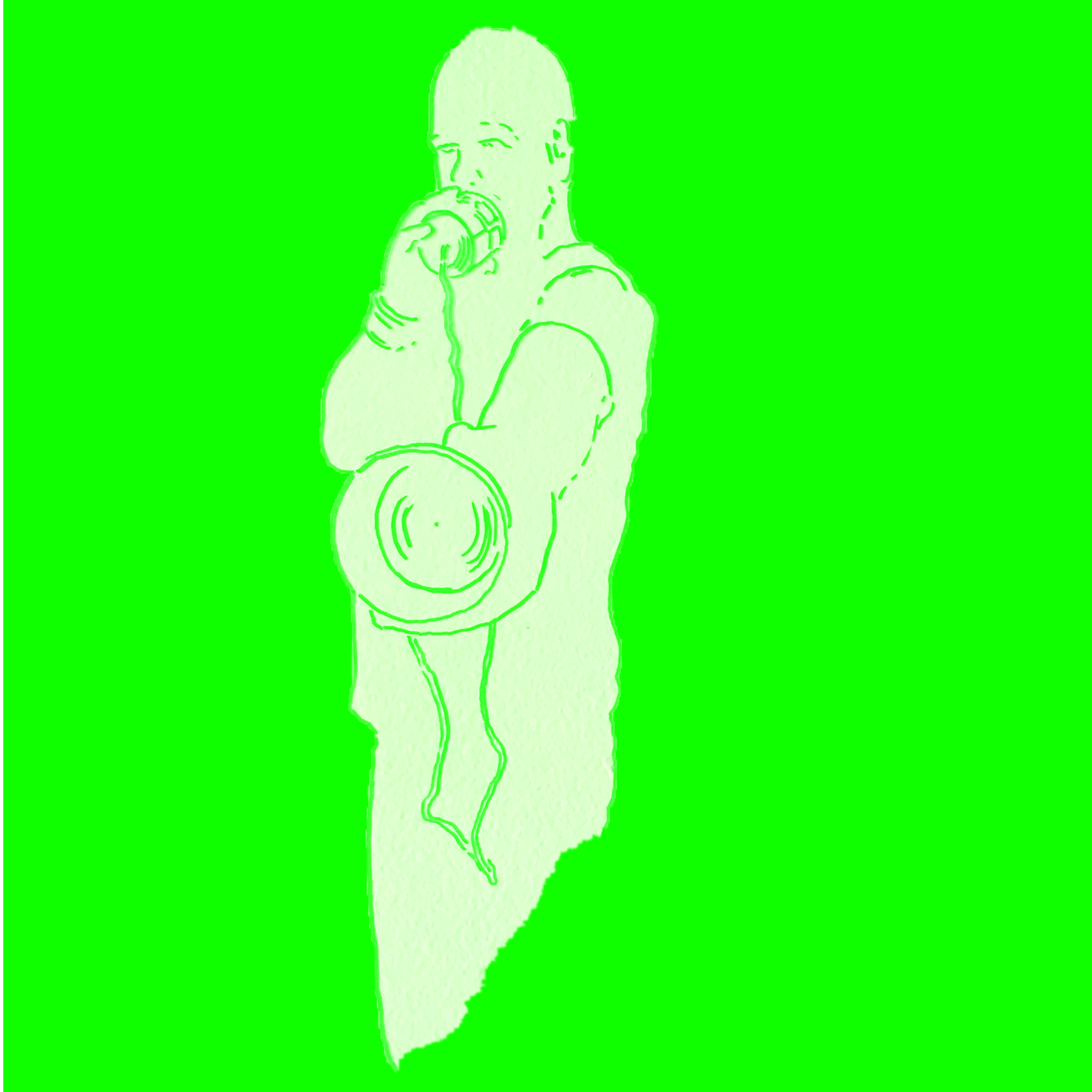So, what was the first season you put together like?
Oh, that’s going to test me. I started in the middle of a season and when I was recruited I was told that the next season was already booked. Turns out it wasn’t.
So, when I got here there was nothing and it was so late in the typical planning cycle, that my first season was honestly just me calling in favors. We worked with a company called Step Afrika which is a dance company based in the stepping tradition that came out of African American fraternal organizations. They do a lot of community impact work and so that was an easy one for me to program quickly that helped demonstrate to people: this is how it’s going to be different.
I think the challenge previously was that [my predecessors] didn’t have a very clear sense of mission, or consistent support from the University. I think it was sort of a chicken-egg conversation. The University wasn’t going to support something that wasn’t clear about what its mission was and how it could relate to a large, flagship campus. At the same time, the organization couldn’t get clear about what its purpose was until it got more support from the University.
Over the years we’ve grown pretty intentionally. Some of it is who’s available when and how much do they cost. Some of it is who’s our partner and what do they need? But a fair amount is looking across multiple seasons to say, what are we not doing? Where are the gaps? Who are we continuing to serve on a yearly basis? Last year, we had Complexions Contemporary Ballet, because we hadn’t presented a ballet company in a couple of years. It is difficult to present large ballet companies like that because there is a lot of expense and the risk, but also, as has happened with Complexions, there can also be a lot of reward. It was a week of impactful intersections, both on campus and off, and the audience was so energized to see such a stunning company with such diverse dancers.
Do you think now that you’ve been here for a while there are local opportunities to this place that you’ll be able to exploit?
The huge opportunity that still exists here is that Salt Lake is in this phase of maturation that can be likened to the mid- to late- teenage years. It’s starting to really discover stuff — to keep the metaphor going — independent of its parents.
I think contemporary art of all forms has a window of opportunity here that may not exist to the same extent in other cities because Salt Lake has had this slower maturation because of the dominant cultural background.
The isolation of this valley protected us, but also kept a lot out. So, yes, I think there’s a ton of opportunity here. Take something as simple as cirque. Cirque is really a genre that’s coming back into its own. Certain companies are starting to explore it more as a form of dance/movement rather than as a form of popular entertainment. So that’s a great opportunity for us to introduce people to companies that aren’t the commercial, more corporate structured, Cirque du Soleil.
I don’t know that world at all!
Cirque has moved beyond its origins in circus and vaudeville. A lot of the performers now are cross trained in dance and they are introducing a new framework for the shows. There’s certainly spectacle to it, but the scale of the spectacle has become more flexible. More narrative is being introduced instead of the Vaudeville format of “oh, look at this trick…” It’s really developed in Canada and in Australia and New Zealand, geographic hotbeds for contemporary circus.
I also think there’s a lot of opportunity around the interesting people who are choosing to live here. Whether they’re people who grew up here, went away and came back, or people like [my colleague] Liz [Ivkovich] and I who have transplanted here. There are really interesting artistic conversations happening. We are trying to think of how UtahPresents fits into the evolution of the resources here, not just in terms of importing people from other places to show their work but to support work that happens here. Working with local folks or organizations is a little trickier because we have to think carefully about if we’re presenting a local artists work, what about it makes it the right, unique fit to be included on our season? Why would UtahPresents program it instead of it being done independently?
What are the conversations emerging here now that interest you?
Personally, I’m passionate about representation. I have a big stage — Kingsbury — people know it for many different reasons. I’m trying to create the same awareness around UtahPresents, whether the show happens at Kingsbury or not, and I’m particularly passionate about making sure that when you look at our season you’re not seeing all the same people or styles or one dominant narrative. What you’re seeing is a little bit of everything. So, we’re always having conversations around “where is the gap?” For example, as of right now, we haven’t presented Indigenous artists. We’re working on filling in that space.
I think it’s easy for anyone to say, “Oh, that’s not a good fit for our community,” — or “It’s too big of a risk.” But one of the things that’s interesting about Salt Lake City is that the people here are not necessarily who you’d expect, if you’re really willing to see who is here.
What are the other spaces you use besides Kingsbury?
We always do some things in Libby Gardener. We actually don’t have as much this season outside of Kingsbury as we’ve had in the past. It sort of ebbs and flows based on the artists and availability and things like that. We’ve used the Marriott Center for Dance. We’ve been at the Huntsman Cancer Institute, we’ve been at the Leo, there’s an event space on top of the Law Building. We actually looked at the Masonic Temple this year for We Shall Overcome, but ultimately the stage needed to be bigger.
One of the challenges, and anyone working in performance in Salt Lake will know this, is that we have very few choices when it comes to the mid-sized performance space.
That was what was so disappointing to many about the Eccles Theatre. But maybe it takes some of the pressure of you to present musicals...
When I got here everyone wanted me to rail against it, because the Broadway content left Kingsbury. But those shows were rentals and the commercial content didn’t serve our mission, so it opened up our calendar and staffing for more of the kinds of work we are passionate about bringing in service to our community.
The Eccles does what it does for the commercial marketplace. Government buildings —the Eccles is a government owned space — play out the same way in every market. Cities are not in the business of risk, that’s not their job. So that evolved the same way it has in other cities.
My hope is that the city, the county, or the state can recognize that there’s still a whole community of artists here who have a need that’s larger than a single building.
Like you said, there are so many interesting people here, I just don’t think there are clear paths for them, at least in dance.
I think that’s probably true of theater as well. Dance is the language I love to sit and listen to. Theater is the language that I speak. I look at this theater marketplace and I think, this is ridiculous. We’re a population of this size, and we have this long history of the arts being supported. Why don’t we have more theater companies? We don’t have theater companies that are making work for specific voices. We don't have an African American theater company or an Indigenous theater —
There was an African American company called People Productions. Years ago, I saw them do David Mamet’s play Race at the old City Library.
Yes, but I think it’s gone now. So, what is it about this place that kept this mushrooming of a discipline from happening? I don’t have an answer to that question. Like you said, there need to be incentives for artists to create work here without always having to do it on their own.
I feel like ten years ago, everyone with ambition who was between twenty-five and forty would leave. I don’t think that’s true anymore, but people still need landmarks or big opportunities to work toward.
Once you step into the mid-section of your life, when you’re trying to start a family or dealing with your aging parents, the limitations around making work can be more about time than money. So, if you don’t develop the habit in your younger years, it’s a lot harder in your middle years.
Everywhere I’ve lived has this challenge. And there are places that seem to have grown more resources so artists have more paths to making work, making a living and not having to leave. The Twin Cities, for example — the difference between the first time I lived there and the last time (right before I came here) –– it’s wholly different. I think Salt Lake’s in a place where that can be a part of the future if people stick around, and invest.
How do we get music and dance audiences together? I think of artists like Holland Andrews, who’s such a fabulous musician and now works so much in dance. Someone ought to do a concert or a series highlighting the musicians who work with dancers here. Nora Price and Emily Snow, Stephen Valdean, Wachira Waigwa-Stone, Tristan Moore, etcetera...
We supported SALT Dance’s The Bridge last year. And that was very much an effort to step over into the music world. They collaborated on the project with Fictionist, a band from Provo that got some national attention. And the hope was all of the Fictionist fans would come. One of the band members was deeply involved with this collaboration with SALT. They had done a workshop of it in Provo and they couldn’t get enough seats so many people came out. So, they took that to mean they needed a bigger space for the finished version here in Salt Lake. And they, well, they didn’t…
I think one of the challenges was honestly the geography of it.
Some of it’s just comfort zone. When you’re working in contemporary art, you’re asking people to take a risk, not only with the artist, because they might not know the name, but to take a risk with who else might be in the audience. And, the first couple of times, for the average person, that can be much more intimidating than we remember it being.
I call it the “Pop” test. I call my dad “Pop”. I come from a very blue-collar world, my dad worked in a prison, my mom worked in a hospital setting, nobody played an instrument. I took dance classes when I was young because Ballet was what you did with a girl, but neither of my parents were artistic.
They weren’t expecting that you’d become an arts presenter.
No, and they don’t understand. They have zero idea of what I do. But a lot of times when I look at work, I apply the Pop test.
What would your dad think of it?
What would my pop think of this experience? And you know, he’s a super affable guy, he’s willing to go to anything, but he also has skepticism. He’ll go with me, and sit through it, but at the end of it he might say, “What the hell was that shit?” and he can be absolutely right to ask!
The thing funny is that the pop character sometimes will look at you and say “Can you explain this?” Often you can’t. You’ve gone because you’re used to being baffled and you actually relish it, and other people assume that there’s some kind of code…
There is no code.
Especially with dance.
That’s actually why I love dance. That’s why I say dance is the language I love to listen to.
I have two boys, Jack and Kole, and I started taking them to see dance when they were two and three. I certainly wouldn’t have taken them to see theater that wasn’t for young audiences, because theater typically has a dialogue that you have to be able to follow, otherwise you’re not a part of the experience. Dance is the complete opposite. Anybody can be a part of the experience.
The first contemporary company they saw was ARENA DANCES, out of the Twin Cities. Somebody I knew came up to me afterwards and said, “Did your boys get it?” And I said, well, yes, I’m sure they did. It’s whatever they made of it. Do they know the code? No! There is no code.
There is a spectrum. As a multidisciplinary presenter who works in service to a community, our job is to not live in one point on that spectrum all the time. We have something on the more challenging end, like Doggie Hamlet, and then we also have things like the Flip Fabrique, and – I would argue – We Shall Overcome. It’s Gospel, it’s built to talk about a part of our cultural history that people are really familiar with…
We need different places for people to drop in. We’re not serving only one kind of arts patron.

































































